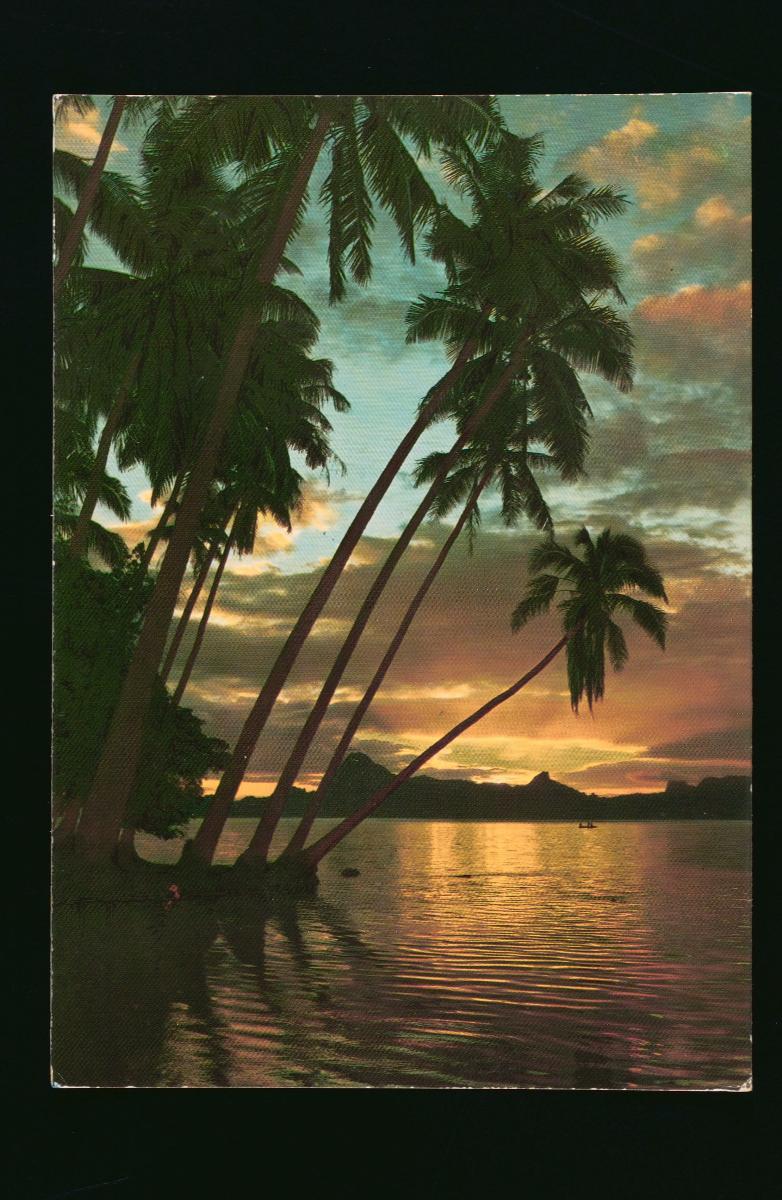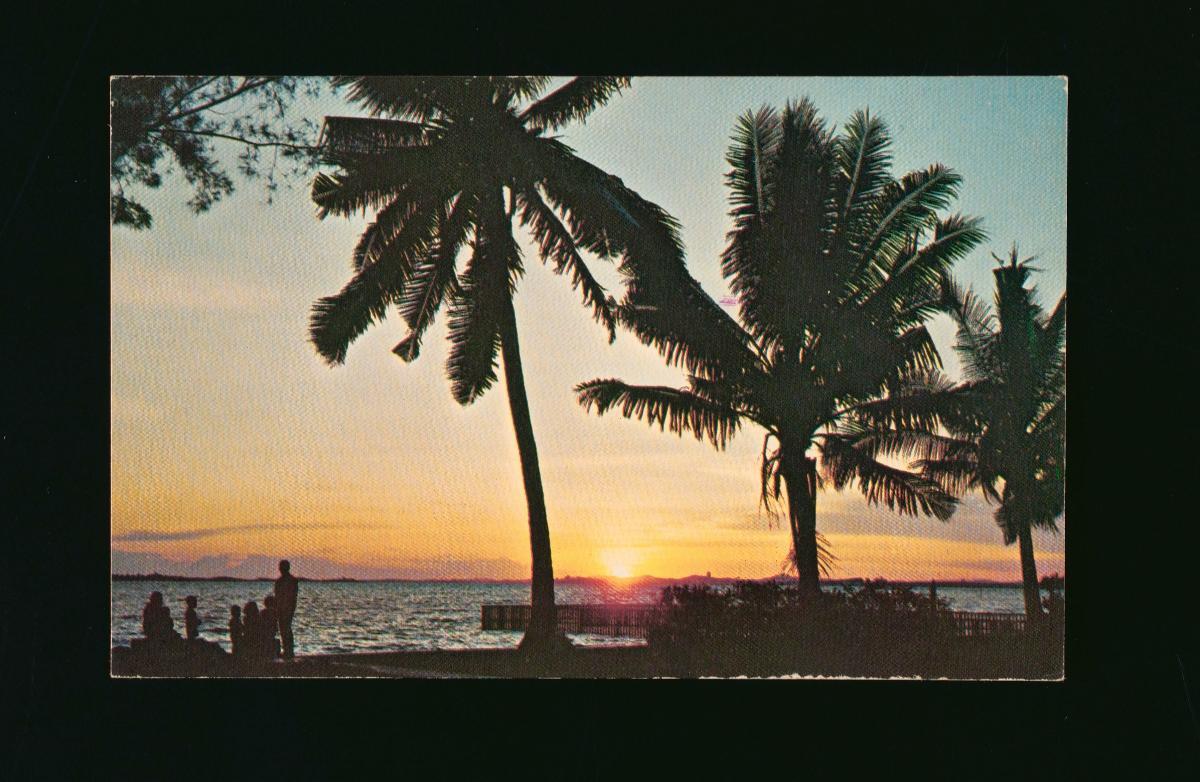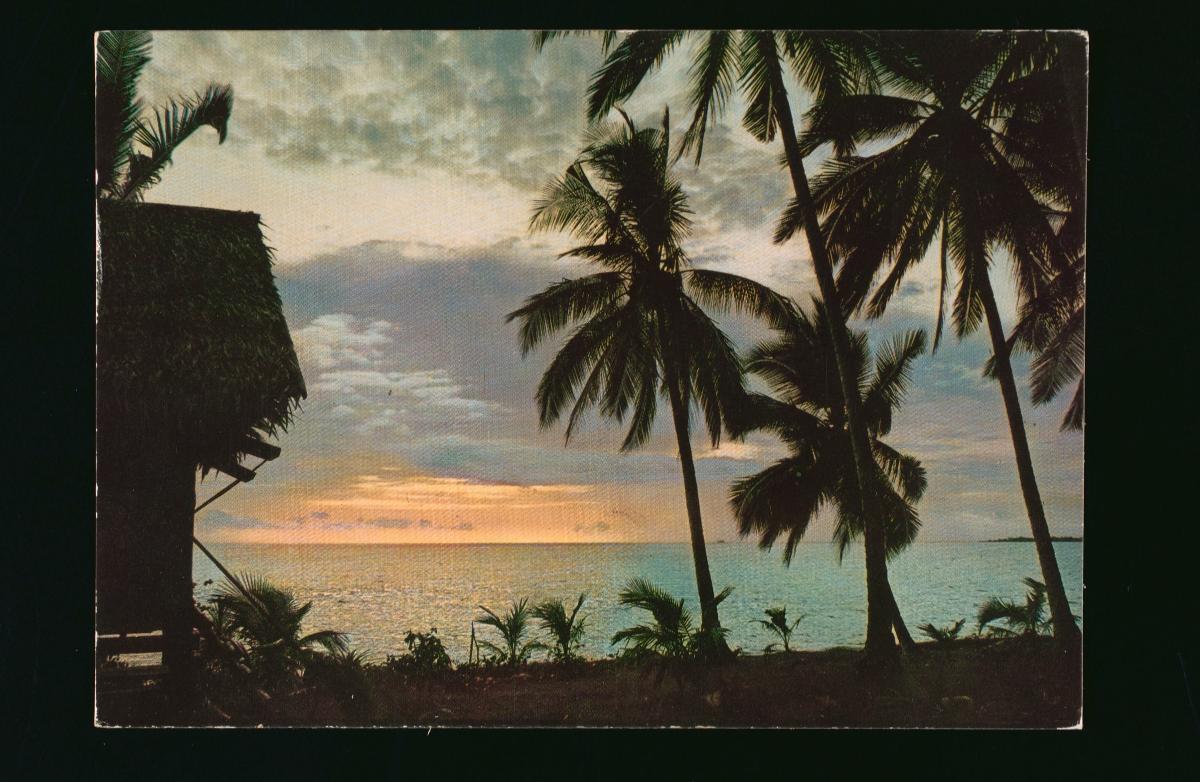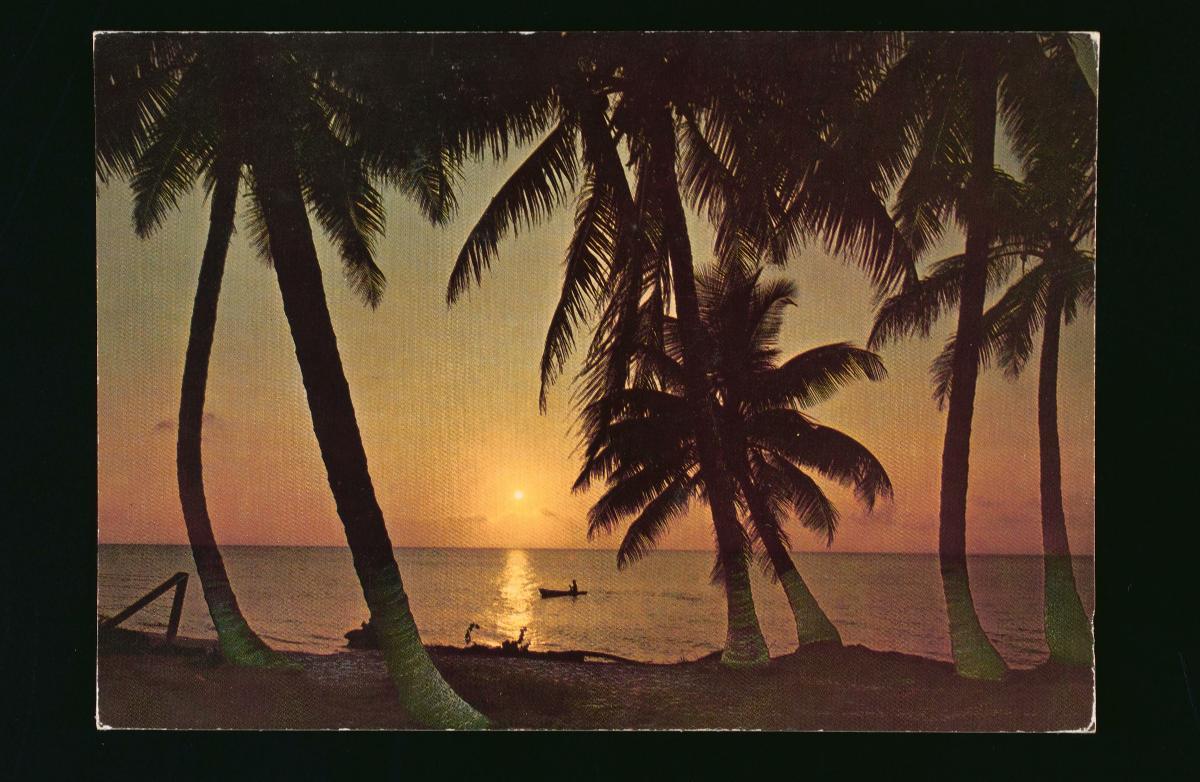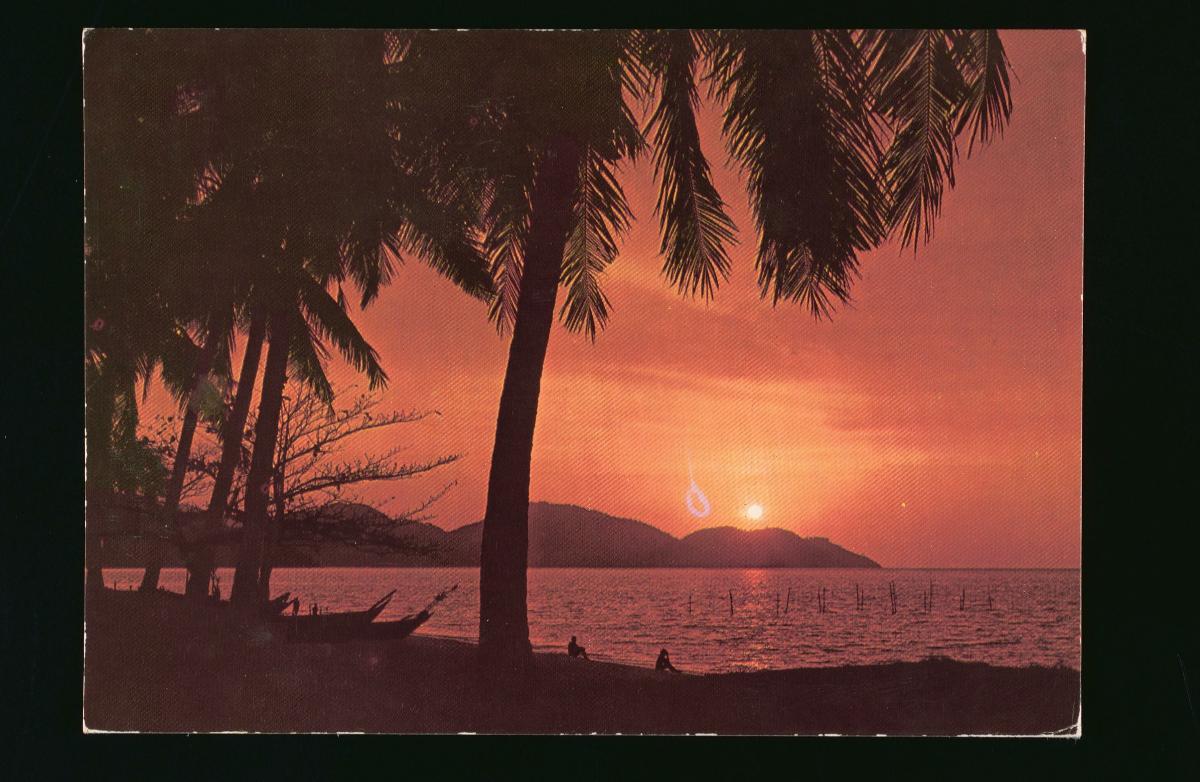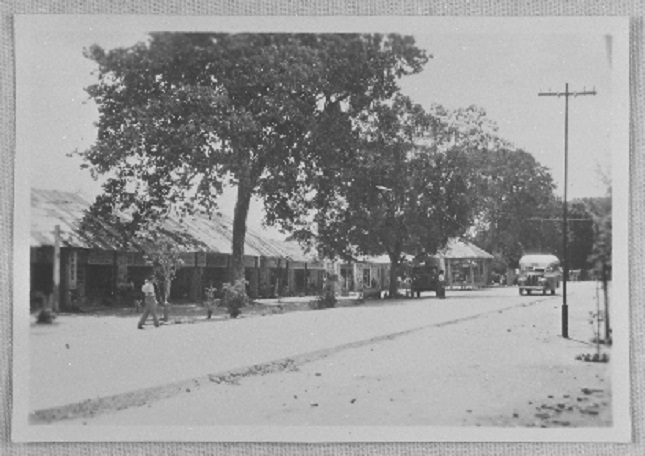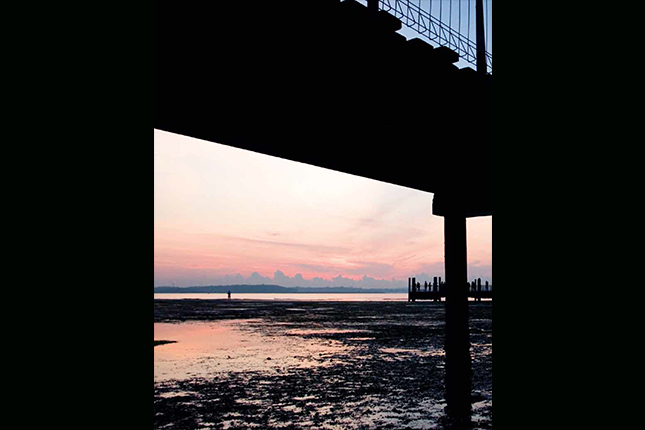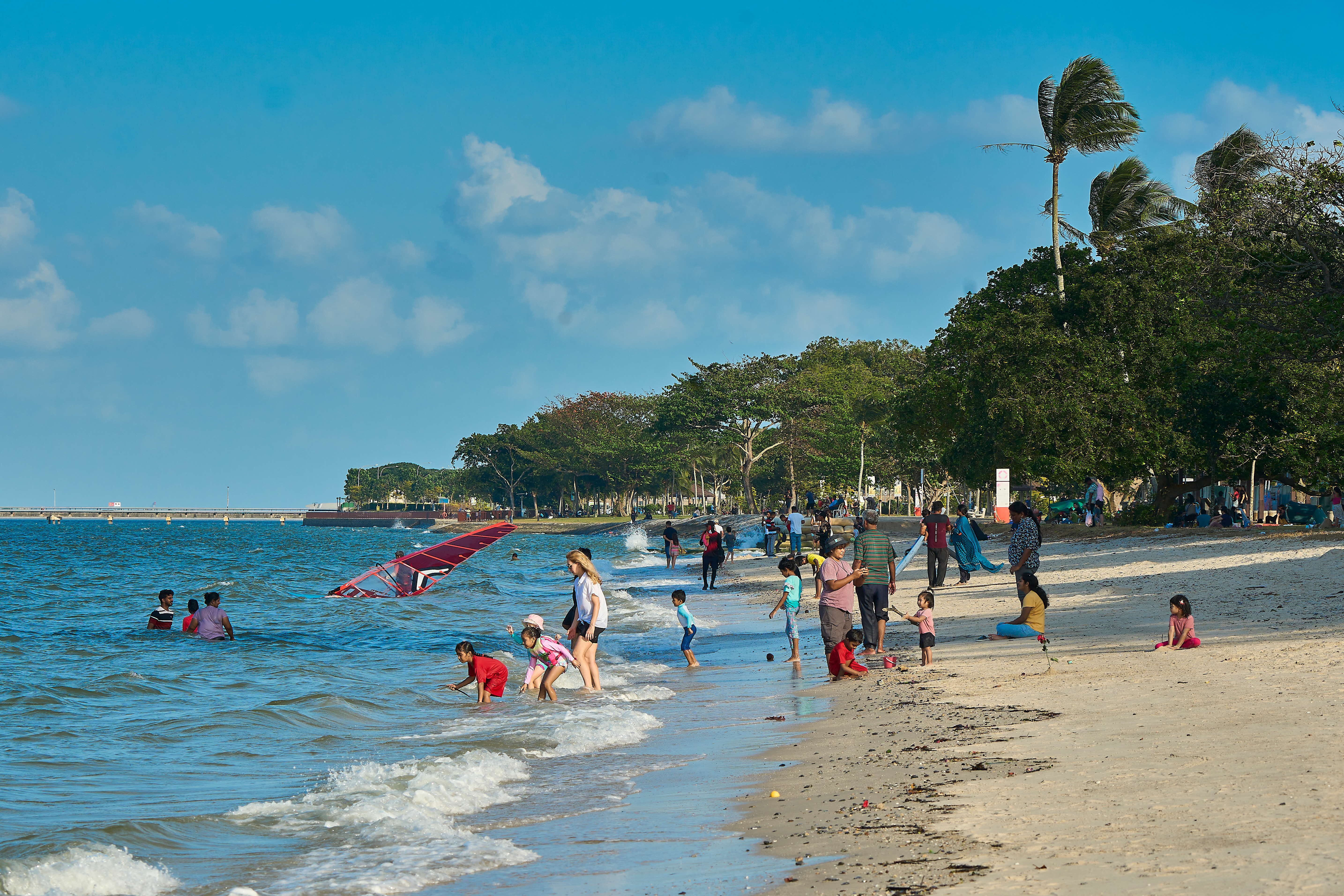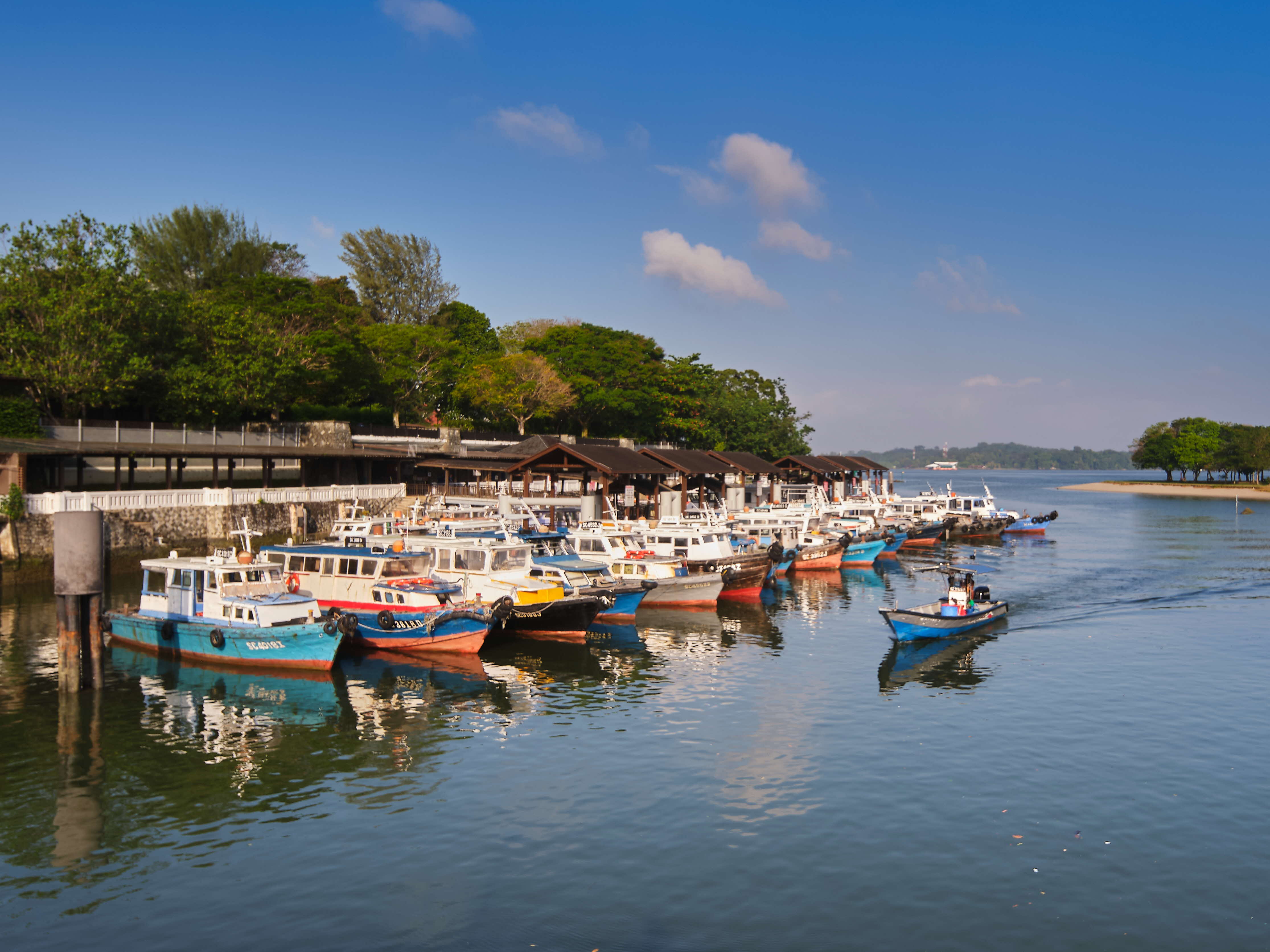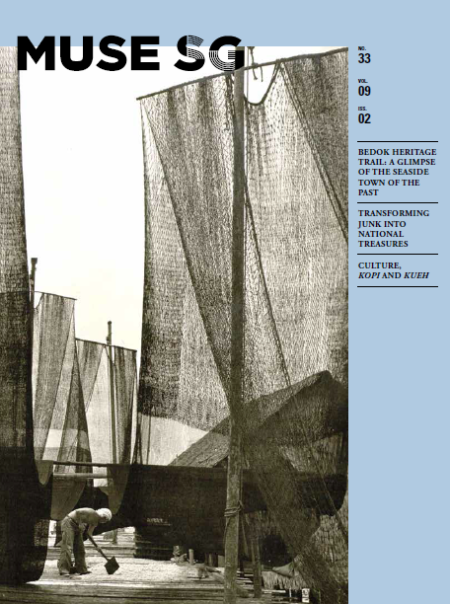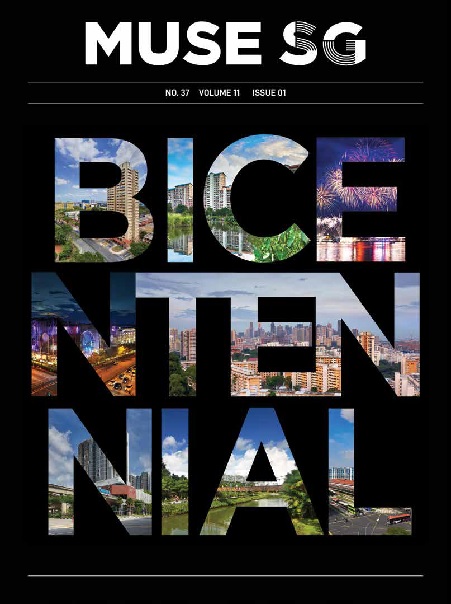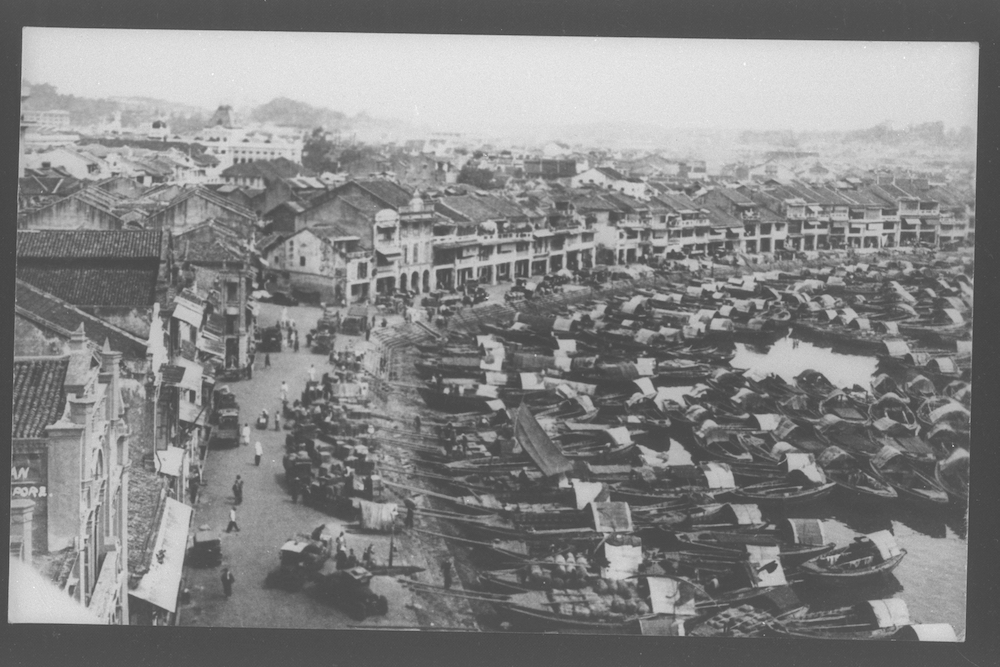The Changi district, situated at the eastern end of Singapore, has a long history dating back to at least the 17th century when it was known by its Malay name, ‘Tanjong Rusa’. The area was referred to as ‘Tanjong Changi’ in an 1828 map of Singapore by Franklin and Jackson. There are several theories behind the origins of the name ‘Changi’. The botanist Henry Ridley of rubber growing fame suggested that the name was derived from the ‘chengal’ (also spelt ‘chengai’) trees that grew in the area. Others speculate that the name came from the Hopea Sangal tree, known locally as ‘chengal pasir’ or ‘chengal mata kuching’. The area was noted for its coconut and sago plantations and by the mid 19th century had developed into a seaside resort with bungalows and picnic sites along its sandy coastline. Between the 1950s and 1970s, Changi Beach was revived as a recreational area with holiday bungalows for weekend retreats. The laidback charm of the area was lost following the opening of Changi Airport in 1981, although the once idyllic beach has been preserved as the Changi Beach Park.




